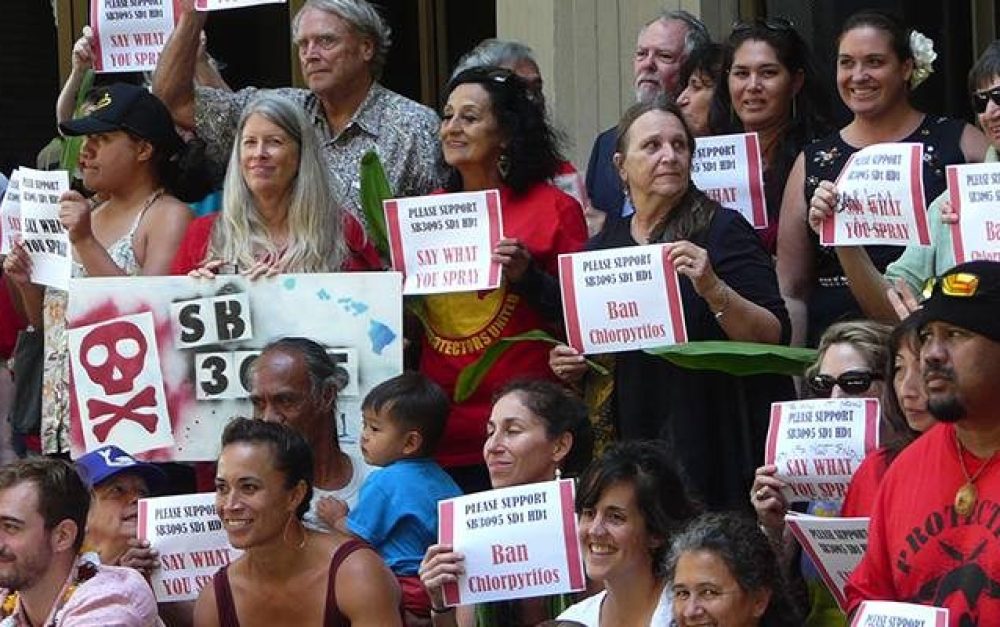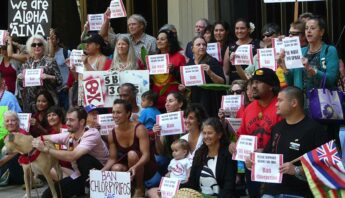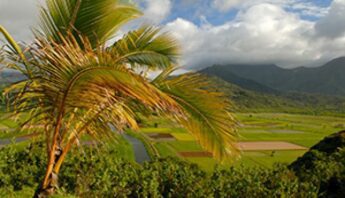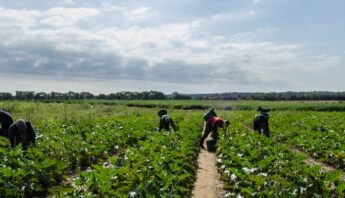For immediate release: June 13, 2018
Honolulu, Hawai‘i: Hawai’i made history today when Governor David Ige, watched by representatives of the community from across the islands, signed into law Senate Bill 3095, banning all uses of chlorpyrifos, a neurotoxic pesticide that has been shown to harm children and has been found in food, air and drinking water. The high-profile pesticide was slated for a ban under President Barack Obama, but the Trump Administration’s Environmental Protection Agency reversed course on the planned ban more than a decade after the chemical was banned for indoor use due to impacts on children’s developing brains.
The landmark law also takes steps to protect children that could be exposed to other airborne pesticides: it mandates 100 foot no-spray buffer zones around schools to protect children from spraying of U.S. Environmental Protection Agency-designated restricted use pesticides (RUPs), pesticides the federal agency considers the most hazardous, during school hours. Chemical companies will have to report regularly on the RUPs they sprayed, when and where they sprayed, and in what quantities. As a result, impacted communities can access information about what they are being exposed to, and regulators can make informed decisions about protecting public health, the environment and endangered ecosystems.
This new law is the culmination of nearly six years of grassroots organizing by rural communities facing daily pesticide exposure. A coalition of families, teachers, scientists, health professionals, and advocates from the Hawai’i Alliance for Progressive Action (H.A.P.A.), Hawai’i Center for Food Safety, Hawai‘i SEED, and Pesticide Action Network worked for years to push forward this legislation to protect keiki (children), despite millions spent by the agrochemical industry to block the proposed reforms.
“As a mother who agonized about the dangers of sending my children to a school next to Monsanto’s fields where RUPs were sprayed regularly, I am so grateful to see this bill become law,” said Molokai lawyer and activist, Keani Rawlins-Fernandez.
“This law is our message to the EPA and to the chemical companies that we will no longer tolerate being ground zero for the testing of toxic pesticides that are damaging our children’s health and poisoning our environment,” said Gary Hooser, former Majority Leader of the Hawai’i Senate, and founder of the Hawaii Alliance for Progressive Action.
Hooser, who lives on Kauai, guided the “Protect our Keiki” coalition of diverse residents from across the islands through the complex political process that resulted in the law.
“Hawaii’s efforts have set a precedent, and we hope this will pave the way for other states that are looking to enact similar legislation,” said Leslee Matthews, Honolulu-based policy fellow with Pesticide Action Network.
“This is Hawai’i fighting back against the disrespect for science and public health—and winning! In the era of Trump, states must lead,” added Hooser.
Press contacts:
Paul Towers, Media Director, PAN: ptowers@panna.org | 916-216-1082
Anne Frederick, Executive Director, H.A.P.A. | 808-212-9616 x1
Dawn Morais Webster: dmoraiswebster@gmail.com | 808-383-7581
###
Pesticide Action Network North America works to replace the use of hazardous pesticides with ecologically sound and socially just alternatives. As one of five PAN Regional Centers worldwide, we link local and international consumer, labor, health, environment and agriculture groups into an international citizens’ action network. This network challenges the global proliferation of pesticides, defends basic rights to health and environmental quality, and works to ensure the transition to a just and viable society.







